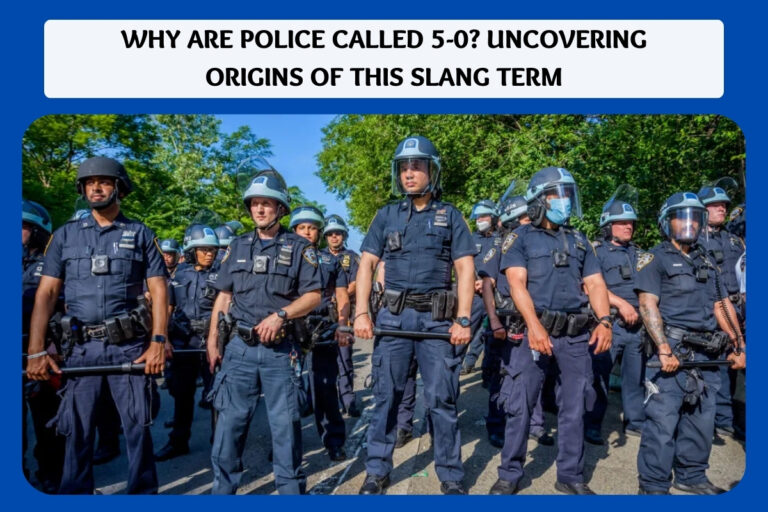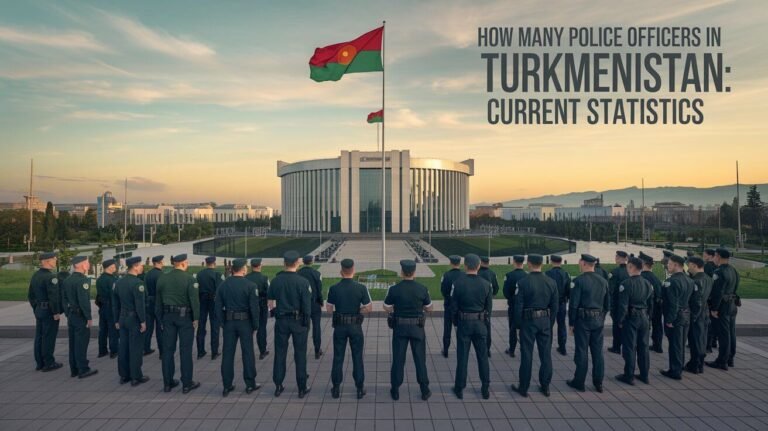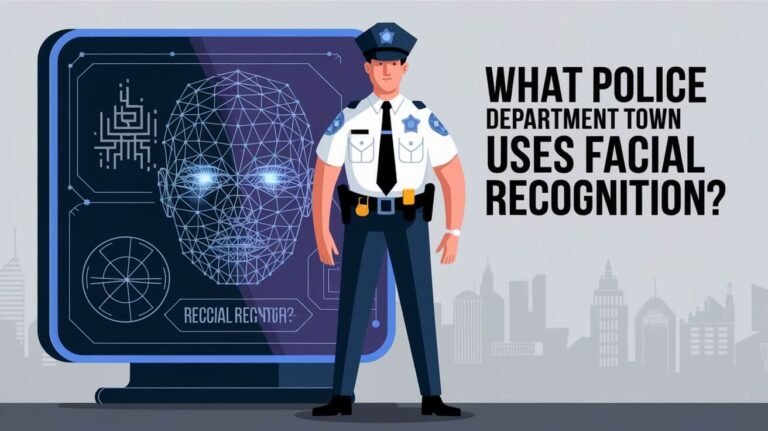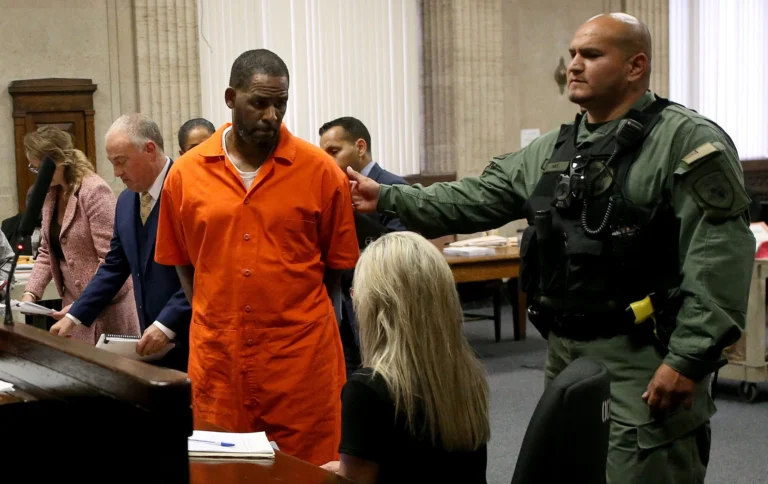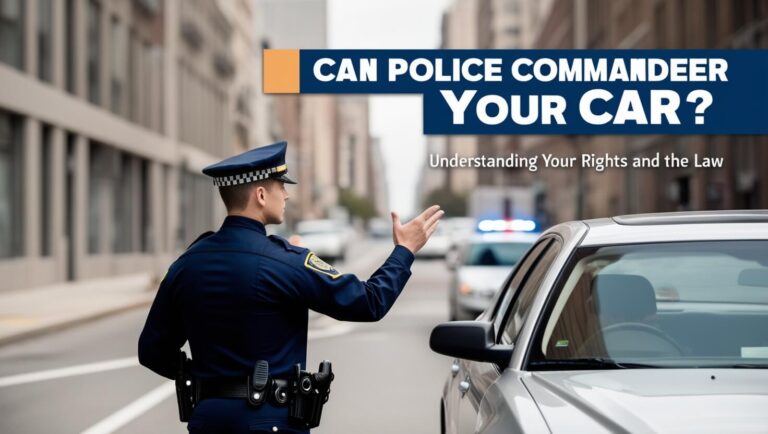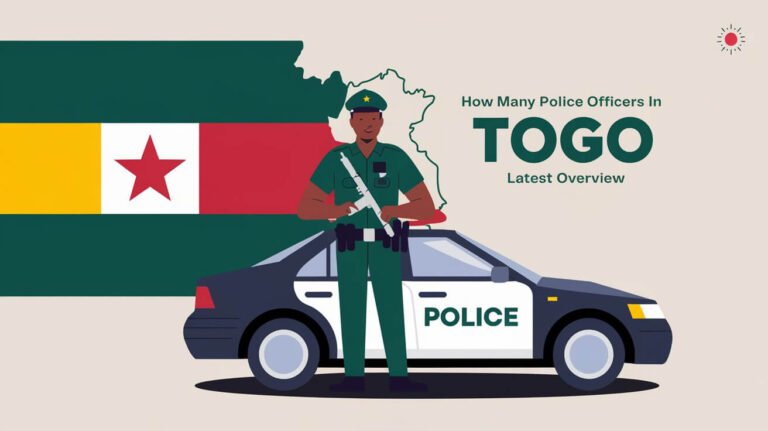What Is Room Police Station Where They Question You Called?
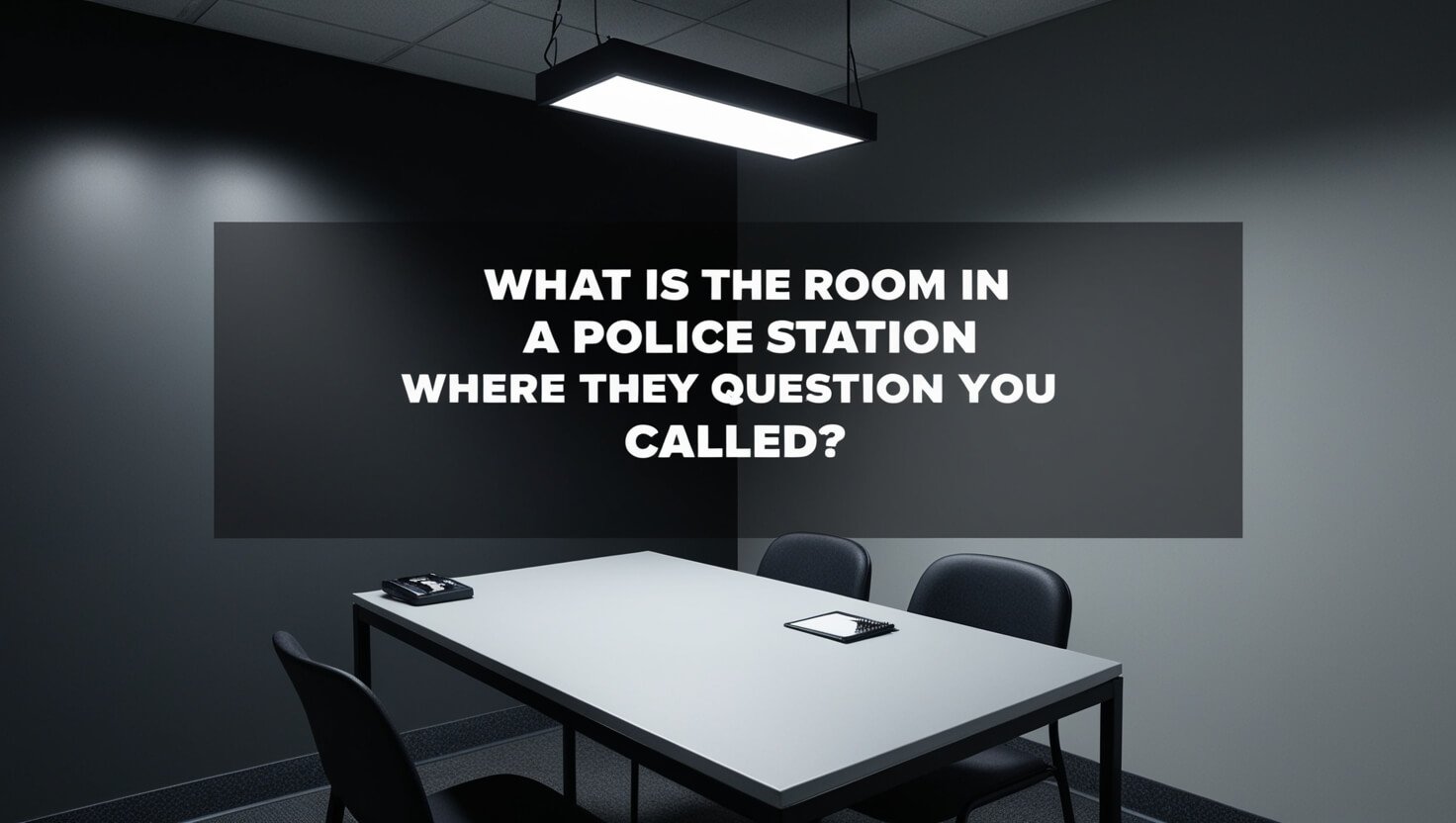
When someone is suspected of a crime, they often go to a police station for questioning. This room is called an interrogation or interview room. Here, officers use different methods to get information about the crime.
The main goal is to get accurate and reliable information. Officers might use various techniques to help achieve this. The room is set up with recording devices and other tools to document the interview.
In the U.S., the Fifth Amendment protects suspects from being forced to give evidence against themselves. This shows how important it is to follow the law during questioning. We will look into the details of police interrogation rooms and the methods used by officers.
The Interview Room: Official Names and Designations
The interview room is key in law enforcement. It’s where suspects are questioned to learn about crimes. The name of the room can change based on where you are and the agency. It’s a vital spot for getting confessions and evidence.
Standard Police Terminology
Police call it an interrogation room. This term is common in law enforcement. It shows the room’s main job: to interview suspects about crimes.
Regional Variations in Room Names
Room names can differ by region. Some call it a questioning room or interview room. But, the room’s main goal stays the same: to interview suspects during an investigation.
Legal Documentation Terms
Legal terms might vary, but the room’s purpose is clear. It’s for interviewing suspects to learn about crimes. In an investigation, the interview room is key. Its names show its role in getting evidence and confessions.
Physical Features of Police Interrogation Spaces
Law enforcement agencies design interrogation rooms to help the interrogation process. They make sure both officers and suspects are safe. The room’s features are key to preventing crime by making suspects more likely to cooperate.
These rooms have recording devices like audio and video recorders. They also have tables, chairs, and good lighting.
The room’s layout is designed to be neutral and not scary. Some important features include:
- Recording devices to capture audio and video evidence
- Tables and chairs arranged to facilitate conversation and observation
- Lighting that is not too harsh or dim, promoting a sense of comfort and cooperation
Studies show that the room’s look can affect how suspects behave. For example, a cozy room can get more information than a cold one. Knowing this, police can design rooms that help solve crimes better.
In the U.S., the Reid technique is often used. It aims to make suspects feel uneasy. But, some researchers suggest a friendlier approach. This method focuses on getting all the facts, not just confessions. By using these ideas, police can do a better job and gain community trust.
Layout and Design Elements of Interview Chambers
The design of an interrogation room at a police station is very important. A well-designed room can make the suspect feel more comfortable and open up. The layout and design elements are key to a successful interrogation.
When designing an interrogation room, consider the room size, furniture, and technical equipment. The room should be big enough for a table, chairs, and equipment but not too big. The furniture should make the room feel welcoming and comfortable, helping the interviewer and suspect talk freely.
Key Design Elements
- Room size: approximately 100-200 square feet
- Furniture placement: table and chairs arranged to promote open communication
- Technical equipment setup: audio and video recording equipment, as well as any other necessary tools
Focusing on these design elements, police stations can make effective interrogation rooms. These rooms help the investigation process and ensure justice is served.
| Room Size | Furniture Placement | Technical Equipment Setup |
|---|---|---|
| 100-200 square feet | Table and chairs arranged to promote open communication | Audio and video recording equipment |
What Is Room Police Station Where They Question You Called in Modern Facilities
In today’s police stations, the room for questioning is made to feel welcoming and safe. This interview room might have special tools like a two-way mirror or a recording device. These tools help make the conversation feel more relaxed and open. The interrogation techniques used here are also advanced, aiming to build trust with the person being questioned.
Modern interview rooms have some key features:
- Comfortable seating and decor to reduce stress and anxiety
- Specialized equipment, such as recording devices and two-way mirrors
- Trained interrogators and polygraph operators to conduct interviews and interrogations
These features help support the interrogation process. They ensure suspects are treated fairly and with respect. By using advanced interrogation techniques and creating a comfortable space, police can gain trust and accurate information from suspects.
| Feature | Description |
|---|---|
| Two-way mirror | Allows observers to watch the interview without being seen |
| Recording device | Records the interview for later review and evidence |
| Comfortable seating | Reduces stress and anxiety, creating a more relaxed environment |
Recording Systems and Surveillance Equipment
Recording systems and surveillance equipment are key in police interrogations. They help make sure the questioning is fair. This way, everyone involved is held accountable.
Audio Recording Standards
Audio recording standards differ by place and police agency. Most use digital systems for clear audio. These systems have important features like:
- High-quality audio capture
- Digital storage and playback
- Time-stamping and date-stamping of recordings
Video Documentation Methods
Video is also used to record interrogations. This includes CCTV cameras and body-worn cameras. Video helps by:
- Preventing torture and other ill-treatment
- Providing evidence for investigations and prosecutions
- Making things more transparent and accountable
| Equipment | Purpose |
|---|---|
| CCTV cameras | To record interrogations and provide evidence |
| Body-worn cameras | To record interactions between law enforcement officers and the public |
Rights and Regulations Inside Interview Rooms
During an investigation, suspects have certain rights that must be respected. Law enforcement officers must tell suspects about their rights. These include the right to remain silent and the right to an attorney. These rights protect suspects and make sure the questioning is fair.
The rules can change based on where you are and who is doing the questioning. But they all aim to make sure the questioning is fair and open. For example, police can’t use physical force or violence during questioning. Some important rules and rights include:
- The right to remain silent and the right to an attorney
- The right to ask for an attorney at any time during questioning
- The right to leave the police questioning at any time by saying they want to stop and talk to an attorney
- The rule that police must tell suspects about their rights and respect these rights during questioning
It’s key for suspects to know their rights and use them during questioning. This way, they can protect their rights and make sure the investigation is fair.
| Right/Regulation | Description |
|---|---|
| Right to Remain Silent | The suspect has the right to remain silent and not answer any questions |
| Right to an Attorney | The suspect has the right to request an attorney at any point during the interrogation |
| Prohibition on Physical Force | The police are prohibited from using physical force or violence during interrogation |
Historical Evolution of Police Interview Spaces
Police interview spaces have changed a lot over time. This change came from new technology and how police work has evolved. At first, these rooms were simple and aimed to be neutral and safe for everyone involved.
As police started using better methods to prevent crime, their interview rooms got updated. They added new tech and strategies to help them do their job better.
Important changes include the use of recording devices and surveillance. These tools help police get more accurate info. Also, police now focus more on building trust with suspects and witnesses.
Some key moments in the history of police interview spaces are:
- The Reid technique was developed in the 1950s, focusing on a structured way to question people.
- In the 1970s and 1980s, recording devices and surveillance became common.
- Recently, police have started using more relationship-based methods to build trust and prevent crime.
Today, police keep improving their methods. They use new tech and strategies to work better with communities and solve crimes.
| Year | Development | Impact on Law Enforcement |
|---|---|---|
| 1950s | Reid technique developed | Standardized approach to interrogation |
| 1970s-1980s | Recording devices and surveillance equipment introduced | Improved accuracy and reliability of interrogations |
| Present day | Relationship-based approaches prioritized | Enhanced community trust and crime prevention |
Interview Room Protocols and Procedures
At a police station, the interrogation room is where law enforcement officers conduct interviews with suspects. These protocols and procedures are set up to ensure fairness and transparency. Research shows that interrogations are usually scheduled, giving people a chance to prepare.
The police often use open-ended questions during interrogations. These questions help gather more information. The behavior of individuals in the interrogation room is recorded by the police, including when they are alone.
Some key points to consider during an interrogation include:
- Individuals who are supposedly telling the truth tend to deny their involvement quickly and clearly.
- Language patterns differ between truth-tellers and liars, with truth-tellers using clear language, including names and specific details.
- Building rapport with the person being interviewed is key to keeping them talking and inducing trust.
It’s important to remember that individuals have the right to remain silent and request an attorney during an interrogation at a police station. The goal of these protocols and procedures is to get a recorded confession. This is one of the most valuable pieces of evidence in any case.
Final Verdict
The police interview room is key in the criminal justice system. Its design and rules can greatly affect an investigation’s outcome. This room is where investigators use special techniques to get important information and sometimes confessions.
It’s important to know your rights when dealing with police. Remembering your right to remain silent and to have an attorney can protect you. Knowing about interrogation methods helps you deal with police and keep your rights safe.
Interview room design and technology have changed a lot. These changes help police do their job better. As the justice system grows, the role of the interview room will stay important in finding justice.
Frequently Asked Questions
What is the room at the police station where they question you called?
It’s called an interrogation room or interview room. This is where police officers talk to suspects to learn about crimes.
What are the official names and designations of the interview room?
It’s also known as an interrogation or questioning room. The name can change based on the police department.
What are the physical features of police interrogation spaces?
These rooms are set up to help the questioning and keep everyone safe. They have recording devices and furniture like tables and chairs.
What are the layout and design elements of interview chambers?
The room’s design is key to a good interrogation. It’s usually big enough for a table and chairs. The setup aims to be neutral and comfortable.
How do modern police facilities design the interview room?
Today’s rooms are made to feel more welcoming. They might have special equipment and a layout that encourages open talk.
What recording systems and surveillance equipment are used in police interrogation rooms?
Recording and surveillance tools are vital. They help capture the interview and gather evidence. The quality of these recordings is important.
What rights and regulations apply to suspects inside interview rooms?
Suspects have rights to protect them during questioning. Officers must tell them about these rights and respect them.
How has the historical evolution of police interview spaces influenced modern practices?
Over time, interview rooms have changed a lot. Early designs were simple, but now they include advanced technology. This has made questioning more effective.
What protocols and procedures apply to interview rooms?
There are strict rules for questioning rooms. Officers must follow these to ensure fairness and transparency. This includes telling suspects their rights.

